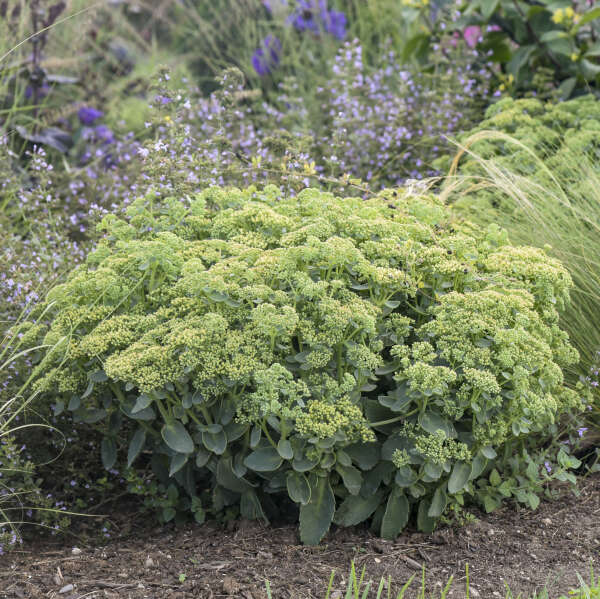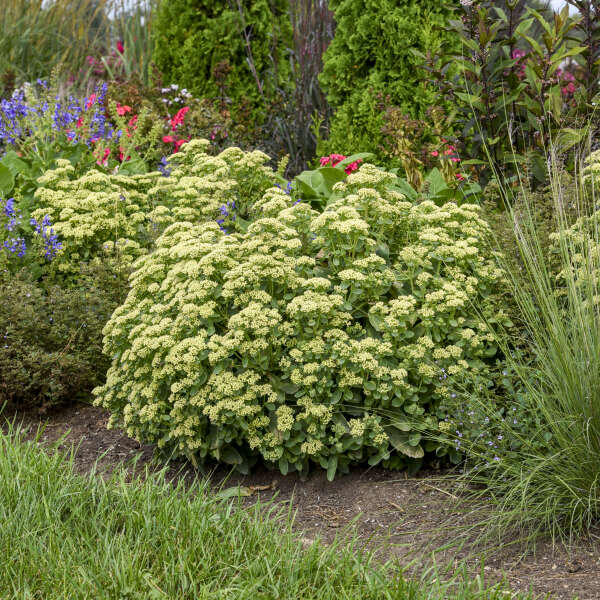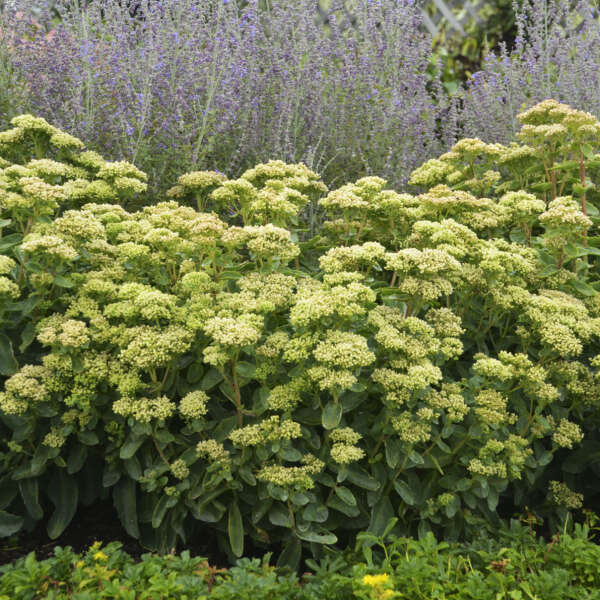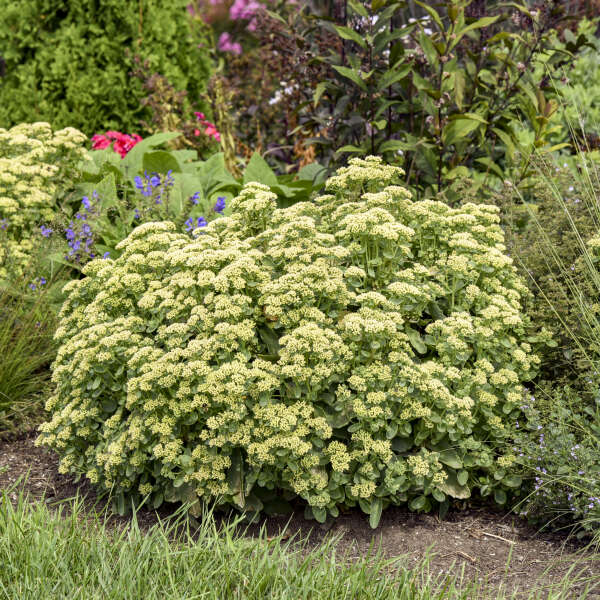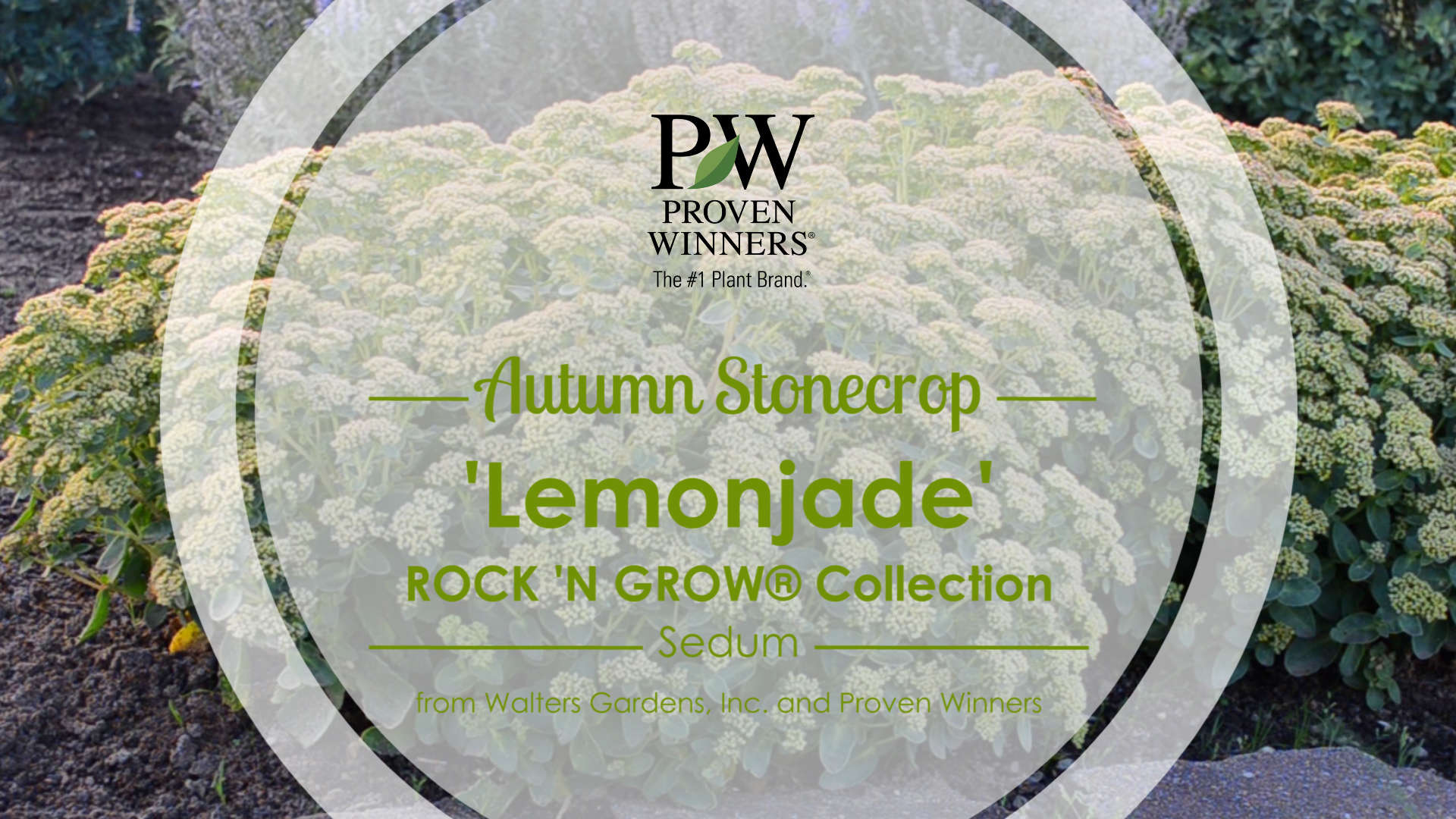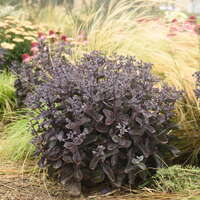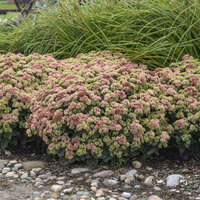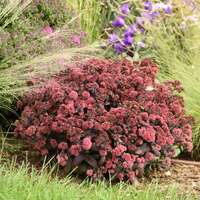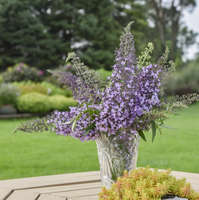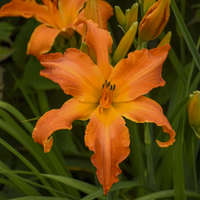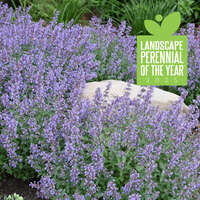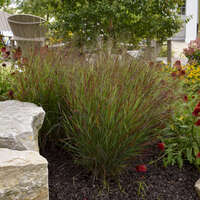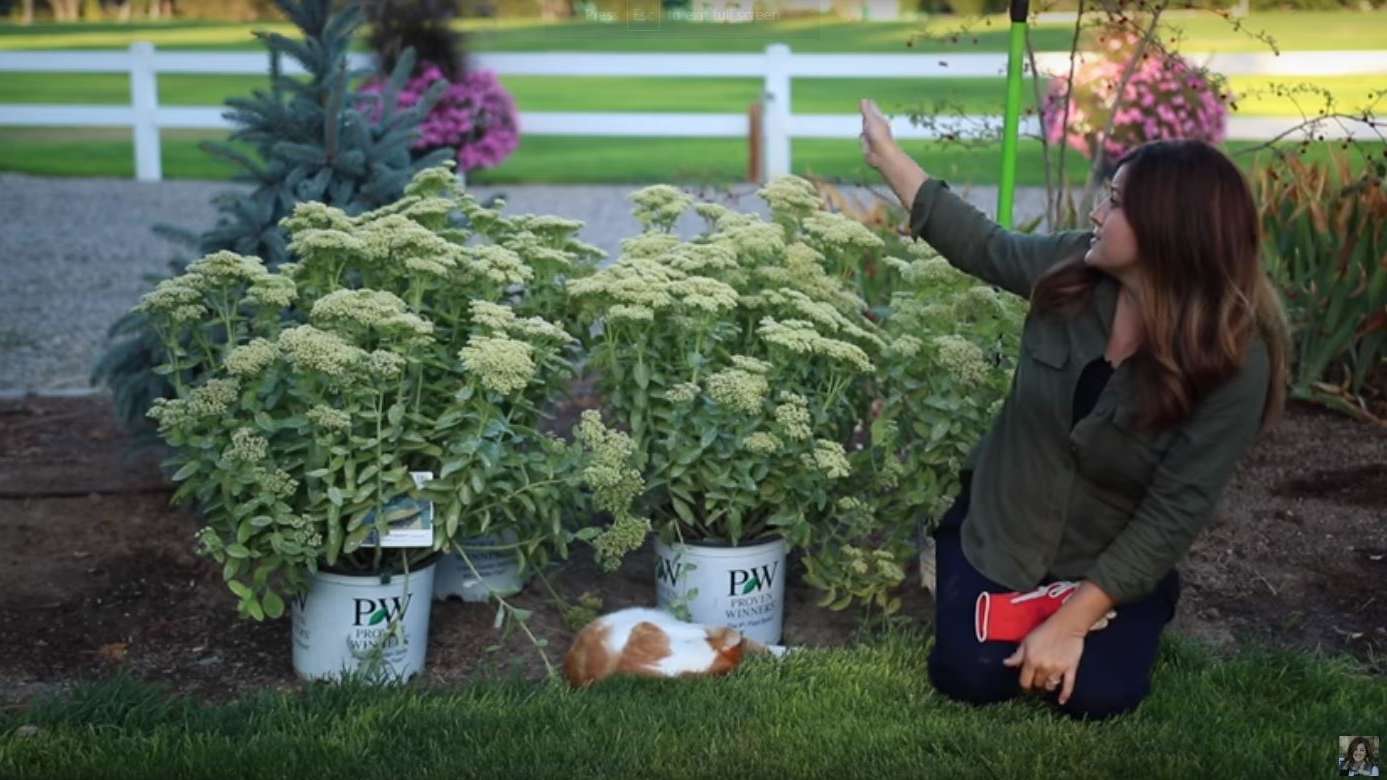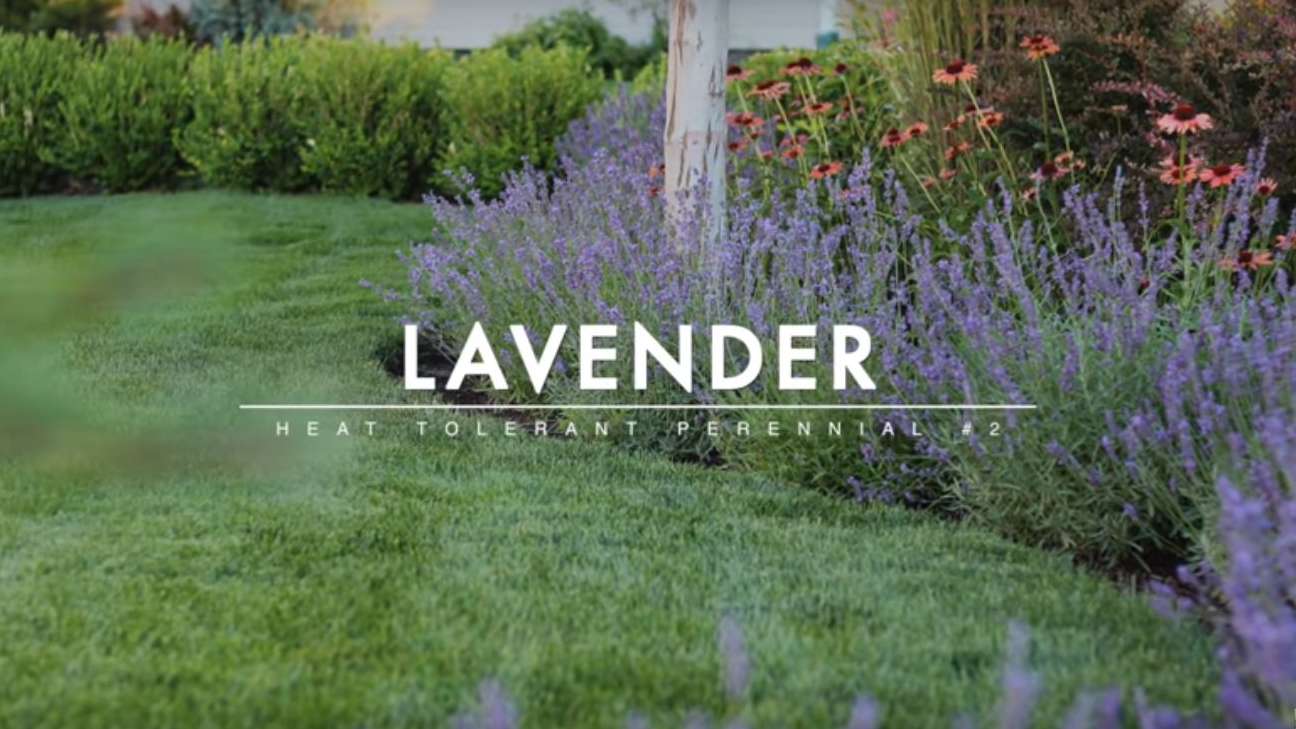Sedum 'Lemonjade' PP26448 CPBR5334
ROCK 'N GROW® Collection



Common Name: Autumn Stonecrop
Unlike most autumn stonecrops which have pink flowers, ‘Lemonjade’ bears large 5-7” panicles of bright citron yellow flowers which completely cover the top of the foliage in early fall. As the cold weather sets in, the seed heads take on rosy peach tones.
This is a compact selection with a stocky, upright mounded habit. It does not split open when it blooms like so many older Sedums do. Its grey-green, toothed foliage remains clean all season long.
Tall, upright sedums form substantial clumps of foliage which can be substituted for shrubs in the landscape. Their stout, sturdy stems support the massive flower heads which develop in summer and burst into bloom in fall. If left standing, they provide winter interest and food for birds.
The ROCK 'N GROW® trademark is owned by Walters Gardens, Inc.
